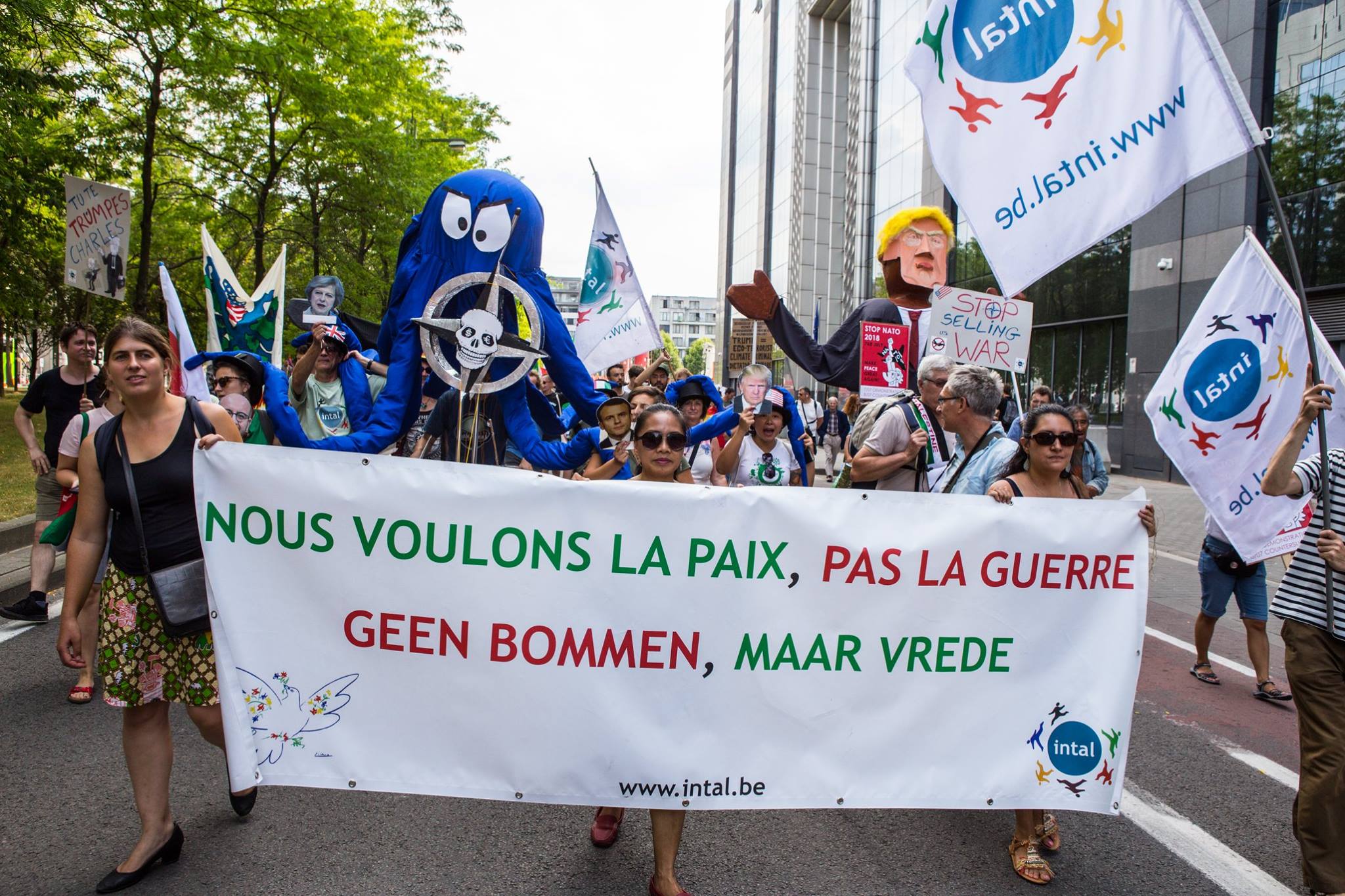The German artist Hans Haacke wrote that “museums are managers of consciousness” giving us “an interpretation of history, of how to view the world and locate ourselves in it.” If you are a black and minority ethnic (BAME) attendee, what is painfully obvious is our absence in these public cultural spaces. That is, of course, if you don’t count our presence as security staff.
Last week the print and online magazine collective, gal-dem, curated an event that was nothing short of breathtaking at The V&A in London. People of colour, in their thousands, confidently walked through the corridors and display rooms of a museum established to show off the booty of empire. For once we could gather in such a space and view it not as a diminishment of our value, but rather a celebration of our worth.
As part of the The V&A’s Friday Late programme, the collective treated visitors to contemporary work being made by young people of colour. For the editor-in-chief and founder of gal-dem, Liv Little, the collective “wanted to fill this space with a spread of work that is reflective of different lived experiences … with art forms that are not static but instead interactive.” Work that is, in short, “never seen in traditional museum and gallery spaces”.
You could listen to the young women spearheading grime music in the grand entrance, or twerk to empowerment in the lecture theatre, or immerse yourself through dance in the culture of queer and trans women of colour, or listen to discussion on how we manage careers in arts, music and politics. By the museum’s own estimation, more than 4,000 people turned up to take up space both as a celebration and an act of resistance. The majority of them being people of colour because here was art for us, by us. We strolled through exuding a sense of triumph and satisfaction that comes with taking what is rightfully yours.
A day after gal-dem’s historic takeover, Museum Detox, a group of BAME museum workers, staged a flashmob at the Museum of London. Sara Wajid, founder of the group and head of interpretation at the Birmingham Museum and Art Gallery, organised the event to declare that “we exist and we want to see more people like us in museums.” It stands to reason that if you see yourself reflected in this arena of high art and culture, then it will feel less austere an environment. Museums and galleries are funded by taxpayers. If we are not reflected in them, then we can call the situation unjust
Conversations around the low participation levels of BAME people in these public centres of culture and debate are not new. Periodically appearing in well-researched reports that are the paper copy of pointless hand-wringing, they fade into the general hum, part of the whirr of things we could do much better on. But, as Wajid points out, museums and galleries are public spaces, funded by taxpayers. If, as people of colour, we do not find ourselves reflected in them, then we are allowed to call the situation unjust.What gal-dem’s event highlighted so brilliantly was how the public conversations about ourselves and our history do not give us the whole story.
Many of us do not see ourselves in the works on display and when we do, it is often a painful reflection. The British Museum has for so long consigned its Africa and Pacific collections to the basement of the building. If there was ever a visual metaphor for the abasement of cultures and traditions, then this sorry space is it.
Who wants to enter a space that at its very core feels uninviting? Galleries, and museums in particular, are the last remaining free spaces where we can conduct a national dialogue about what constitutes culture and art. Yet there are obvious absences and silences that betray a narrative that is not true for all. A cultural shift is taking place at the moment. Fact. Collectives like gal-dem are evidence of that. “Outsider art” is now accessible on digital platforms such as Instagram and emerging artists are finding innovative ways of showcasing their work.
Museums, as custodians of the collection for the past and future, will have to take great care in ensuring they don’t become obsolete for the generation of cultural consumers to come.
bron: The Guardian



Geen opmerkingen:
Een reactie posten